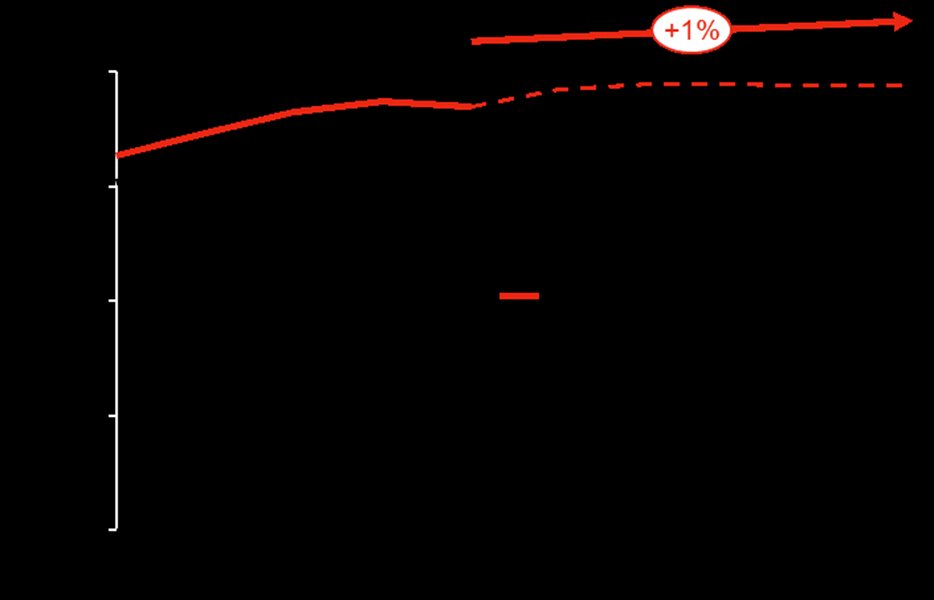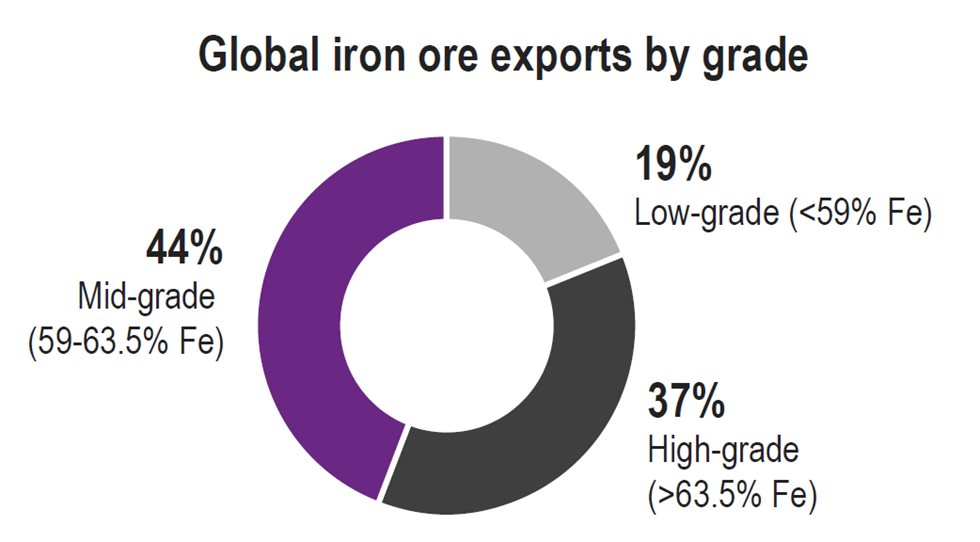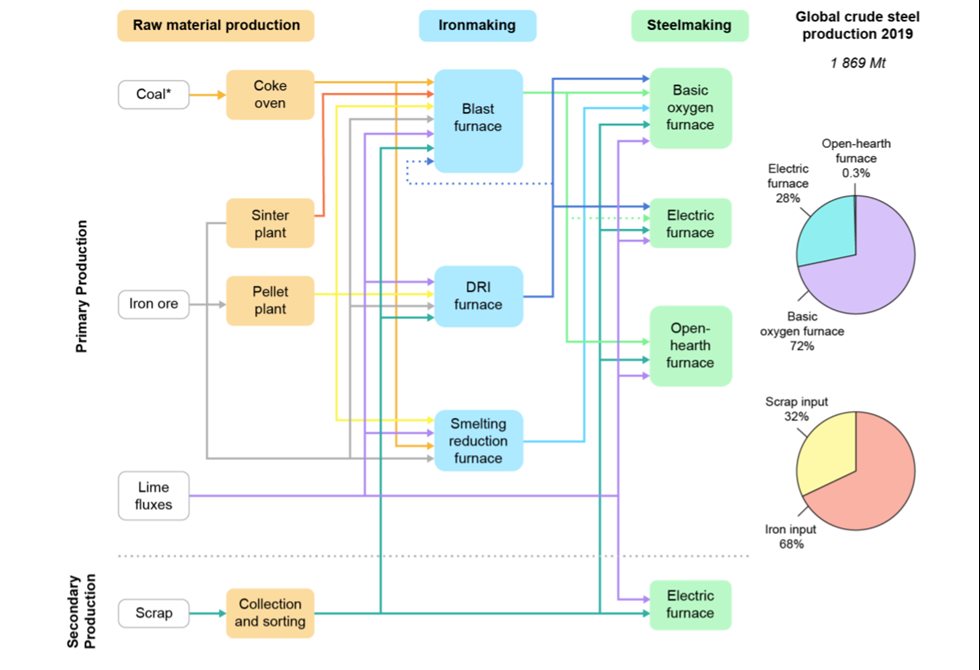Achieving the goals of the Paris Agreement adopted at COP 21 requires a complete transformation of the way society produces and consumes. According to the International Energy Agency (IEA), the iron and steel industry accounts for the largest share (over 25%) of the CO2 emissions from the global manufacturing sector and 7% of the emissions from the energy sector including process emissions. The global steel sector now has an unprecedented opportunity to contribute to achieving net zero and support the transition to clean energy. It is inevitable that governments will take steps that will reshape the industry to be more sustainable.
Steel is a vital material that is required to meet the social and economic needs of society. After a brief lull in 2020, the demand for steel has continued to rise, in part as a result of generous stimulus packages that have been offered to help mitigate the impact of the Covid pandemic on national economies. These packages have been largely directed towards infrastructure and electrification, areas which are by nature steel intensive. Steel is also an integral ingredient for the energy transition, with solar panels, wind turbines, dams, and electric vehicles all depending on it to varying degrees. Steel demand and consumption are both expected to rise by 1% a year between 2020 and 2025, and the IEA has forecast that by 2050 global steel demand is set to increase by at least a third. Satisfying this growing demand presents challenges for the sector as it seeks more sustainable methods of production in order to address the pressure it is under to decarbonize and remain cost competitive in light of current and potential future carbon pricing.


